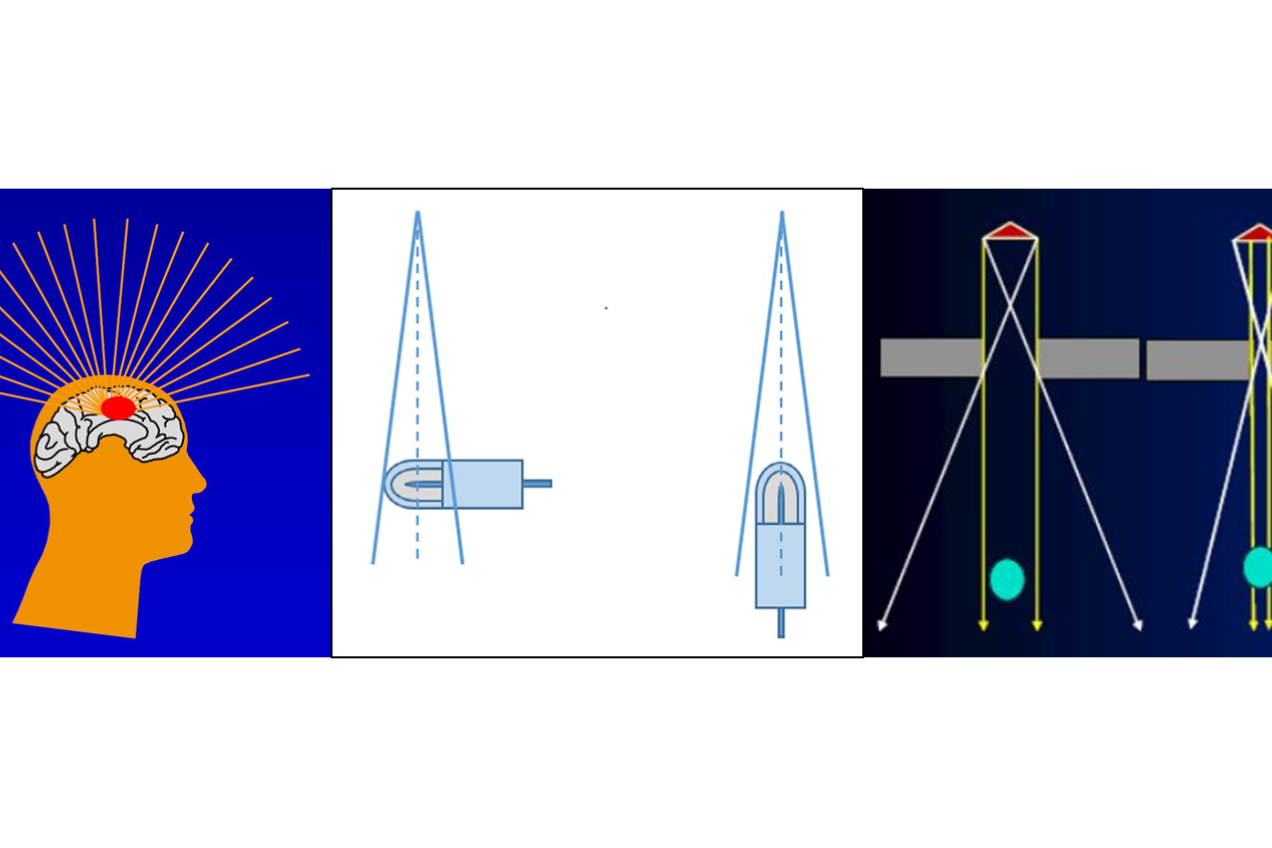13th EURADOS Webinar: Small photon field dosimetry: current status and challenges
All information
Online event
Starting time: 15:00 CEST
Overview
The rapid evolution of radiation treatment delivery techniques drove modern radiotherapy to a more complex and sophisticated stage, leading to more precise delivery of radiation dose to tumours and better sparing of healthy surrounding tissue. Stereotactic radiosurgery (SRS), stereotactic body radiotherapy (SBRT), intensity modulated radiotherapy (IMRT) and volumetric modulated radiotherapy (VMAT) use small photon fields (size down to 4 mm). However, compared to classical radiotherapy photon fields (size >3cm), dosimetry of small fields is associated with a detector volume averaging effect, high dose gradients, lack of lateral electronic equilibrium and source occlusion, making the dosimetry more challenging. The literature addressing the field brought many different results for different detectors, sometimes even controversial. No national or international recommendations for small field dosimetry (SFD) were available until IAEA and AAPM joint Code of Practice (CoP) TRS-483 was published in 2017. However, as new types of detectors are emerging, and some controversy still present in the SFD formalism (e.g. detector orientation issue), there is a need for additional reference data set for detectors to be efficiently and safely used in clinics. As a part of EURADOS WG9 activities, there is an ongoing task addressing SFD challenges for different detectors and treatment delivery techniques. Within the scope of this task, this webinar will present the current status and challenges still present in dosimetry of small photon field for linear accelerators and Leksell Gamma Knife as one of the special treatment delivery techniques.
After a short introduction to the webinar and WG9 SFD task, in the first presentation, dosimetry of small static fields on linear accelerators will be presented by Bozidar Casar. Determination of field output factors and detector specific correction factors will be discussed for different detector types, and some open issues will be shortly described. In the second presentation, the use of IAEA TRS 483 CoP for Leksell Gamma Knife Icon relative and absolute dosimetry will be discussed by Josef Novotny. Phantoms, detectors and measurement procedures will be addressed together with the new IAEA TRS 483 CoP for Leksell Gamma Knife.
Programme
- Welcome and introduction to the webinar and EURADOS WG9 SFD task (Hrvoje Hrsak)
- Small field dosimetry on linear accelerators (Bozidar Casar)
- Implementation of IAEA TRS 483 in small field dosimetry of Leksell Gamma Knife Icon – transition from IAEA TRS 398 to IAEA TRS 483 (Josef Novotny)
- Discussion (Moderator: Hrvoje Hrsak)
Organisation
EURADOS Working Group 9 "Radiation dosimetry in radiotherapy"
Featured Presenters
Hrvoje Hrsak
Department of Medical Physics, Gamma Knife Centre Zagreb, University Hospital Centre Zagreb, Croatia
hhrsak [at] kbc-zagreb [dot] hr (hhrsak[at]kbc-zagreb[dot]hr)
Hrvoje Hrsak is a medical physicist at the Department of Medical Physics, Gamma Knife centre Zagreb, University Hospital Centre Zagreb, Croatia, and a member of the EURADOS WG9 since 2012. He earned his PhD in medical physics in the field of small photon beam dosimetry at the University of Zagreb. He is the founder and president of the Croatian Medical Physics Association. His main interests are stereotactic radiosurgery, small beam dosimetry and medical physics professional matters. He is a teacher at the School of Medicine, University of Zagreb.
Bozidar Casar
Department for Dosimetry and Quality of Radiological Procedures, Institute of Oncology Ljubljana, Slovenia
BCasar [at] onko-i [dot] si (BCasar[at]onko-i[dot]si)
Assist. Prof. Božidar Casar is an internationally recognized medical physicist born in Slovenia. He graduated from Physics at the University of Ljubljana and received PhD in Medical Physics at the University of Zagreb. Since 1993 he has been employed as a medical physicist at the Institute of Oncology Ljubljana. From 2000 to 2016, he was heading the Department for Radiation Physics. From 2016 until the present, he has been Head of the Department for Dosimetry and Quality of Radiological Procedures. As a teacher, he is involved in the Master of Advanced Studies in Medical Physics at the University of Trieste.
Josef Novotny
Department of Medical Physics, Na Homolce Hospital, Prague, Czech Republic
Josef [dot] Novotnyml [at] homolka [dot] cz (Josef[dot]Novotnyml[at]homolka[dot]cz)
Josef Novotny graduated from CTU in Prague Faculty of Nuclear Science and Physical Engineering, where he also received PhD in 2003. He is currently head of the Department of Medical Physics at Na Homolce Hospital. He also has two university academic appointments at CTU in Prague and Charles University. Professionally he is a radiotherapy physicist with the focus on stereotactic radiosurgery. He has been involved in development of two gamma knife systems and performed over 100 system start-ups of this device worldwide. His scientific and academic activities include 11 grants, over 100 peer-reviewed papers, 15 chapters in books. His H-index is 25.
